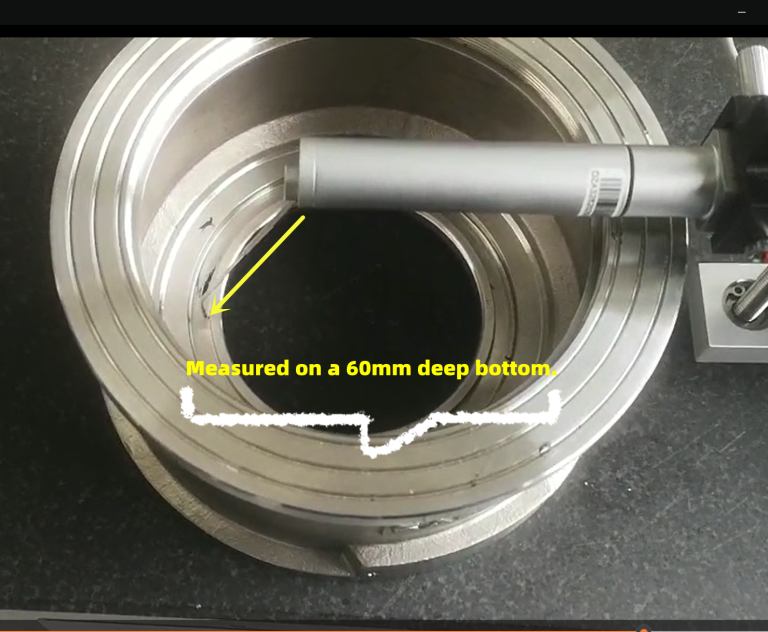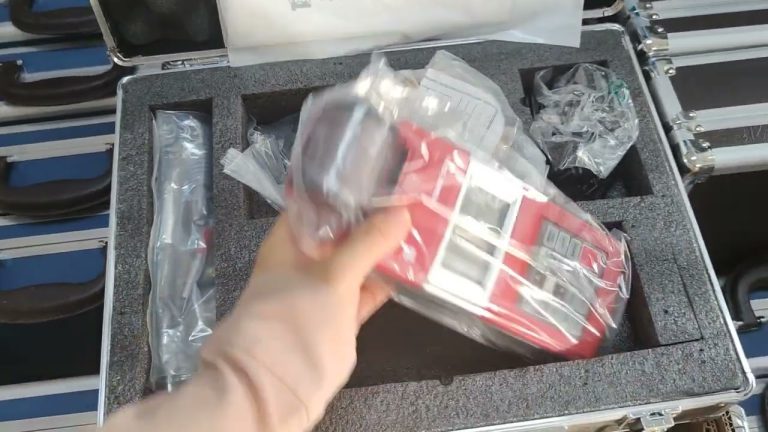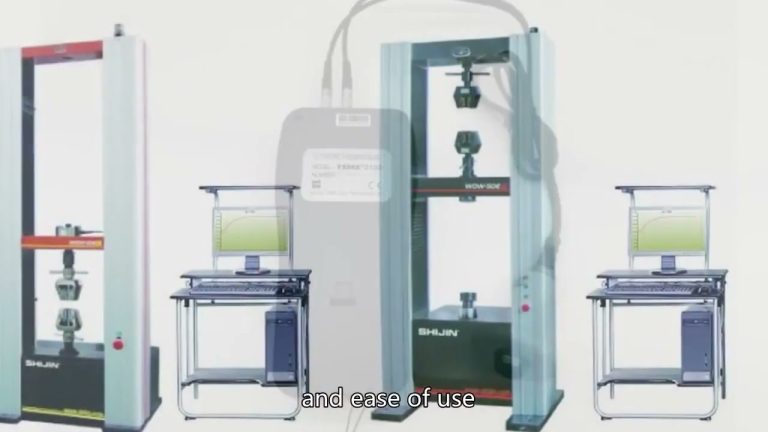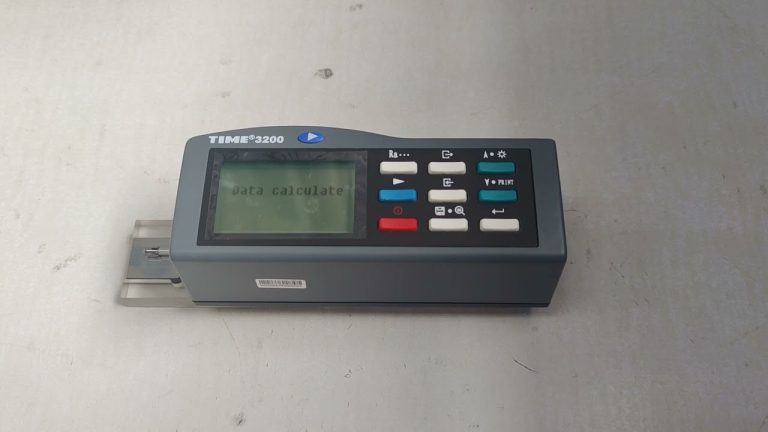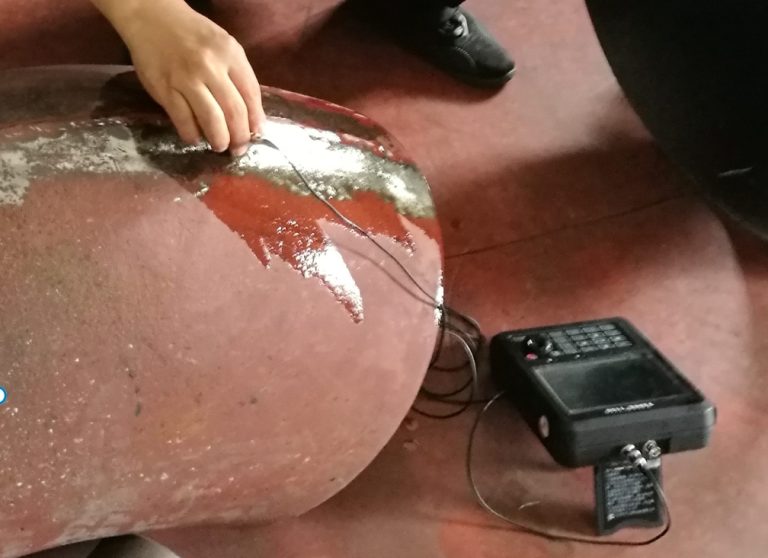The Rockwell hardness tester is suitable for testing finished or semi-finished workpieces processed in batches one by one.

This test method does not have high requirements for measurement operations and is easy for non-professionals to master. The functional features of Rockwell hardness tester are as follows:
- The Rockwell hardness tester adopts a horizontal “convex nose” indenter structure. In addition to the tests that can be completed by traditional hardness testers, it can also test surfaces that cannot be measured by ordinary hardness testers, such as inside ring-shaped and tubular parts. Surface, bottom surface of boss parts, etc.
- Wide measuring range: can measure the hardness of 15 scales including HRA, HRB, HRC, HRD, HRE, HRF, HRG, HRH, HRK, HRL, HRM, HRP, HRR, HRS and HRV.
- Strong auxiliary functions. In addition to general hardness testing, it has the following auxiliary functions:
Upper and lower limit settings, out-of-tolerance discrimination alarm;
Rockwell hardness tester data statistics, average value, standard deviation, maximum and minimum values;
Scale conversion, the test results can be converted into HB, HV, HLD, HK, surface Rockwell hardness and tensile strength σb values;
Surface correction, automatic correction of cylindrical and spherical surface measurement results;
The Rockwell hardness tester has both Chinese and English text menu displays, and the hardness measurement results are digitally displayed. - The Rockwell hardness tester has the characteristics of high testing accuracy, wide measurement range, automatic loading and unloading of the main test force, digital display of measurement results and automatic printing or communication with external computers.

